At Netherhall Mead we use a total communication approach. This simply means that we use a variety of strategies to develop communication skills.
This promotes a caring school community equipped with a knowledge and understanding of each other’s communication needs. This can boost self-esteem, confidence and reduce anxiety and misunderstanding.
We strongly believe in the positive benefits of using communication strategies both at home and school. This helps to reinforce skills and to develop clear consistent routines and shared expectations for pupils.
If you wish to discuss your child’s communication or attend training sessions, please contact the school office. They will pass on your details to the schools Communication Support Coordinator. (CSC)
A Speech and language therapist (SALT) visits weekly to work with pupils and their families. They work closely with school staff to devise strategies and programmes of work to support pupils on the caseload. Our school Communication Support Coordinator also works to support pupils’ communication across the school.

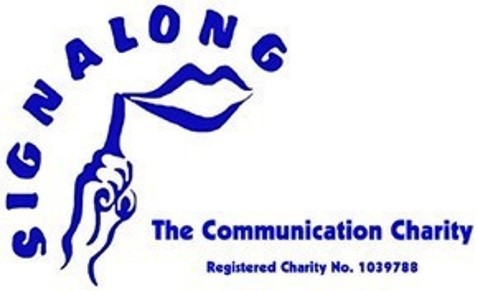
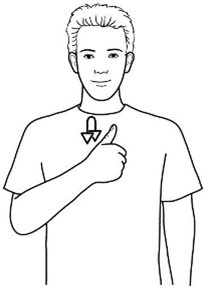
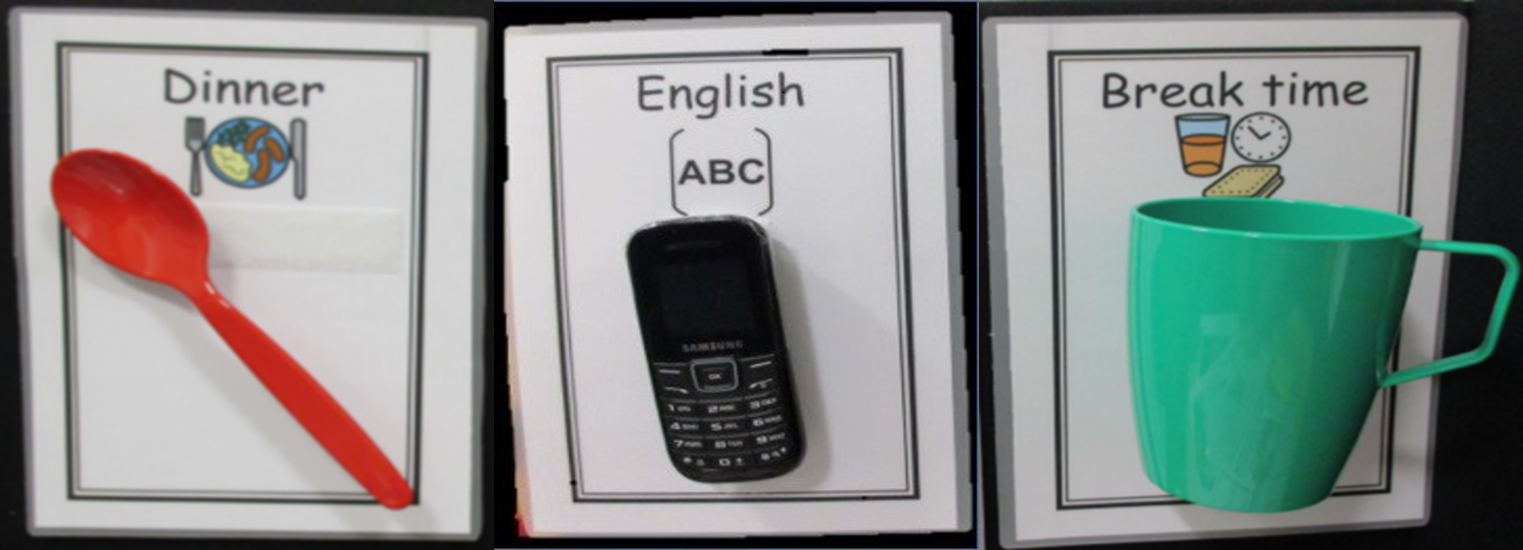
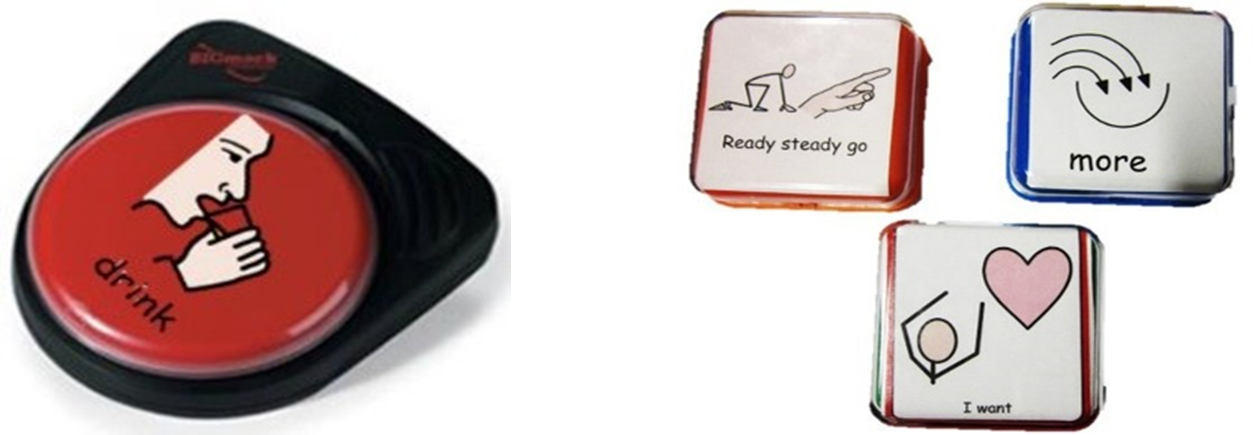
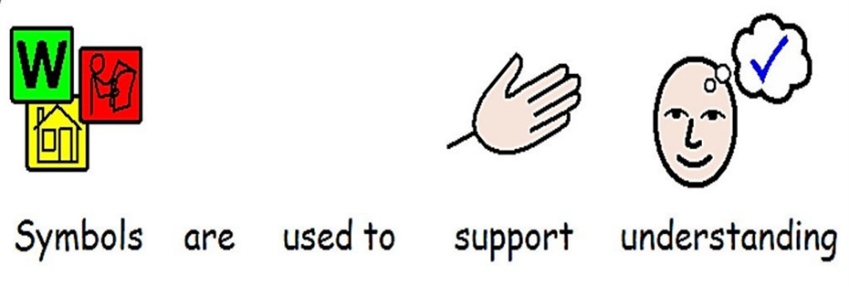

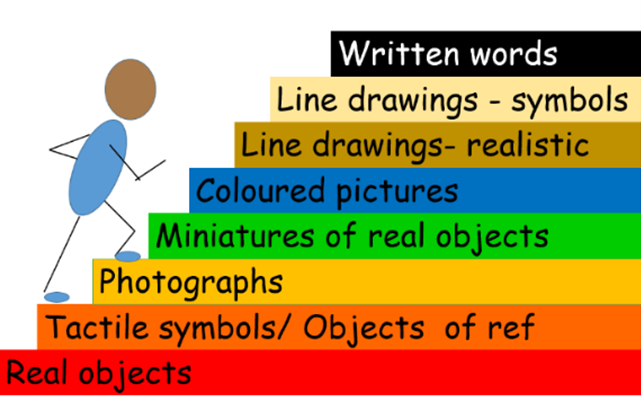


 A Place to Shine
A Place to Shine